“Having spent years as a mechanic, testing and repairing countless vehicles, I’ve come across a myriad of issues that can plague a car. One of the most puzzling and frustrating issues for many drivers is when their car refuses to reverse but will go forward without a hitch.
Another common concern among car owners is dealing with persistent odors, such as the smell of smoke in their car’s upholstery. If you’ve ever found yourself in this situation, you know the feeling of bewilderment and concern. In this article, I will get into the reasons behind this peculiar problem and provide you with seven solutions to get your car back on track.
Why Can’t Your Car Reverse?
Every time I encountered a car that wouldn’t reverse in my workshop, the owner would often ask, “Why can’t my car reverse?” The answer isn’t always straightforward. The reverse gear is often the first to show signs of wear or damage, and several factors can affect its functionality. These range from transmission fluid issues to mechanical and hydraulic system discrepancies. Let’s explore some of the most common reasons.
1. Broken Teeth on Reverse Gear (Manual or Automatic)
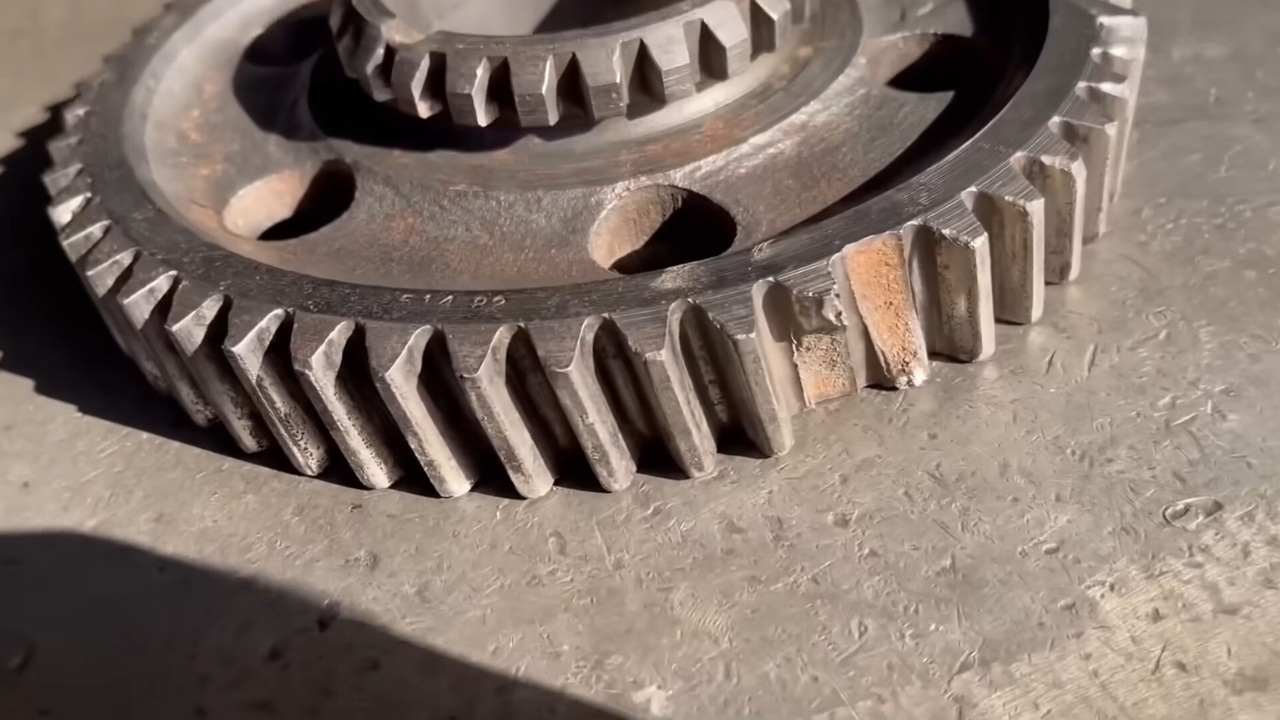
One of the most common issues I’ve seen in both manual and automatic vehicles is broken teeth on the reverse gear. When these teeth break, your car simply won’t move backward.
Signs of Broken Teeth
- Clicking noises when shifting gears.
- A loud clunk when attempting to shift into reverse.
- Inability to engage the reverse gear.
Cause
The teeth on the reverse gear can break due to various reasons. New drivers, still getting the hang of shifting, might mishandle the gears. According to Motorandwheels, even seasoned drivers can cause damage if they’re not gentle during gear shifts.
Solution
Addressing this issue requires expertise. I always advise against DIY fixes for such problems. The best approach is to remove the entire transmission and replace the damaged reverse gear teeth. This task should be left to qualified mechanics. The replacement cost typically hovers around $300.
2. Faulty Lockout Ring (Manual)
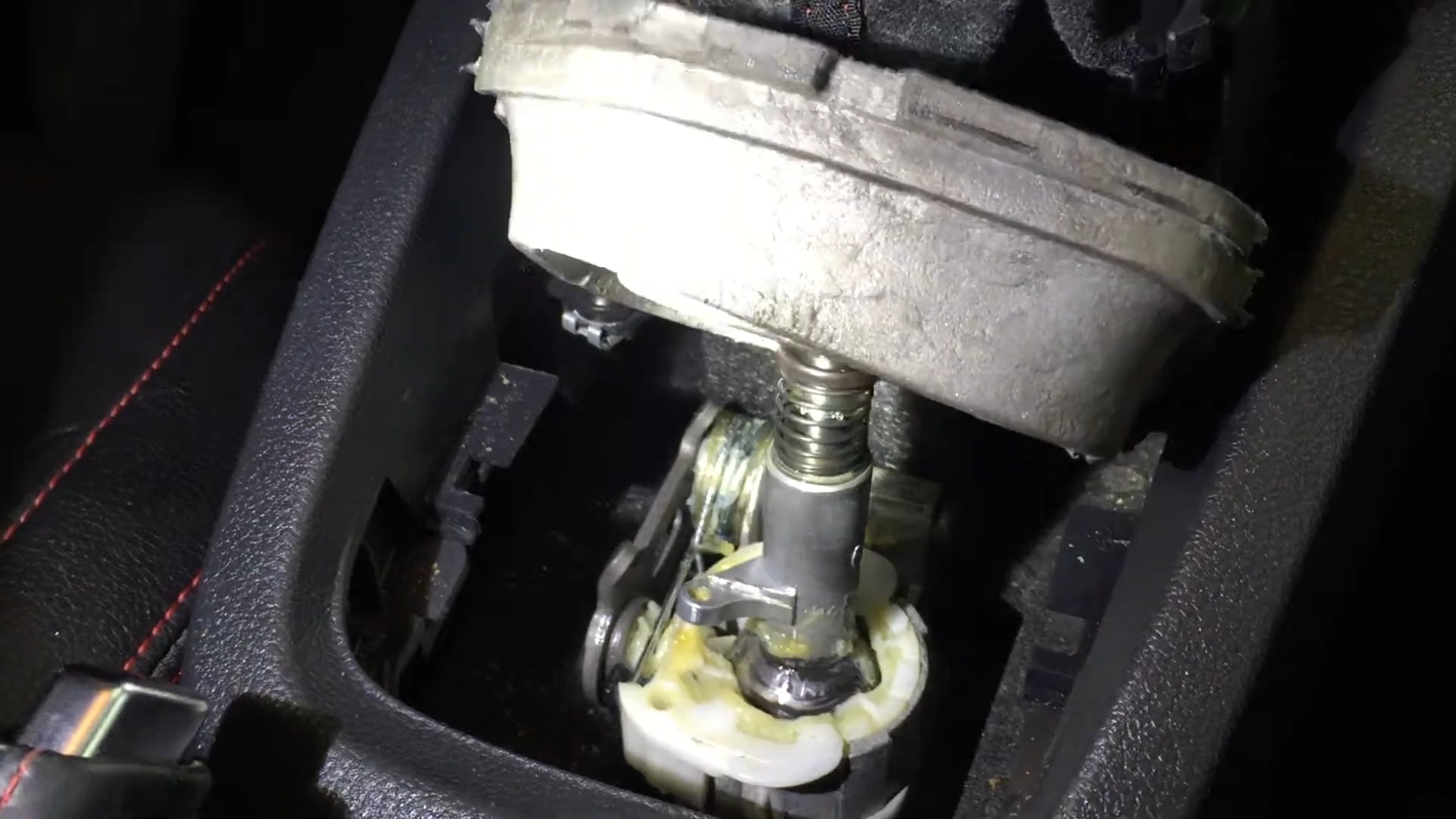
The lockout ring in manual cars serves a crucial purpose: it prevents accidental shifts into reverse, which could wreak havoc on the transmission. If this ring is damaged or misaligned, it can prevent the car from reversing.
Signs of a Faulty Lockout Ring
- Grinding noise when attempting to reverse.
- A burning odor emanating from the transmission.
- The car refuses to engage reverse gear or frequently pops out of gear.
Solution
If the lockout ring is merely misaligned, it might be possible to. However, in most cases, replacement is the best solution. Again, this is a task best left to professionals.
3. Bad Automatic Transmission Fluid
The health of the automatic transmission fluid (ATF) is paramount for the smooth operation of an automatic vehicle. If the ATF is dirty or of the wrong viscosity, it can lead to gear shifting issues, including the inability to reverse.
Signs of Bad ATF
- Dirty or discolored transmission fluid.
- Whining noise from the transmission.
- Gears slipping or struggling to engage reverse.
Solution
The solution here is straightforward: replace the ATF. According to Motorandwheels, always ensure you’re using the recommended fluid as per your car’s owner manual.
4. Faulty Transmission Position Sensor (Automatic)
In the world of automatic vehicles, the transmission position sensor plays a pivotal role. This electronic sensor communicates with the powertrain control module, ensuring that when you shift your vehicle into reverse, it responds accordingly. A faulty sensor can disrupt this communication, preventing the car from reversing.
Signs of a Faulty Transmission Position Sensor
- The car doesn’t move out of park mode.
- The transmission shifts into the wrong gear.
- The vehicle becomes locked in a single gear.
Solution
Addressing a faulty transmission position sensor isn’t a DIY job for most. I’ve seen many car owners make the situation worse by trying to fix it themselves. The best approach is to consult a qualified mechanic. They’ll typically disconnect the sensor from the vehicle’s wiring, use the appropriate tools to replace the faulty sensor, and then reconnect the new one.
5. Worn Out Valve Body (Automatic)
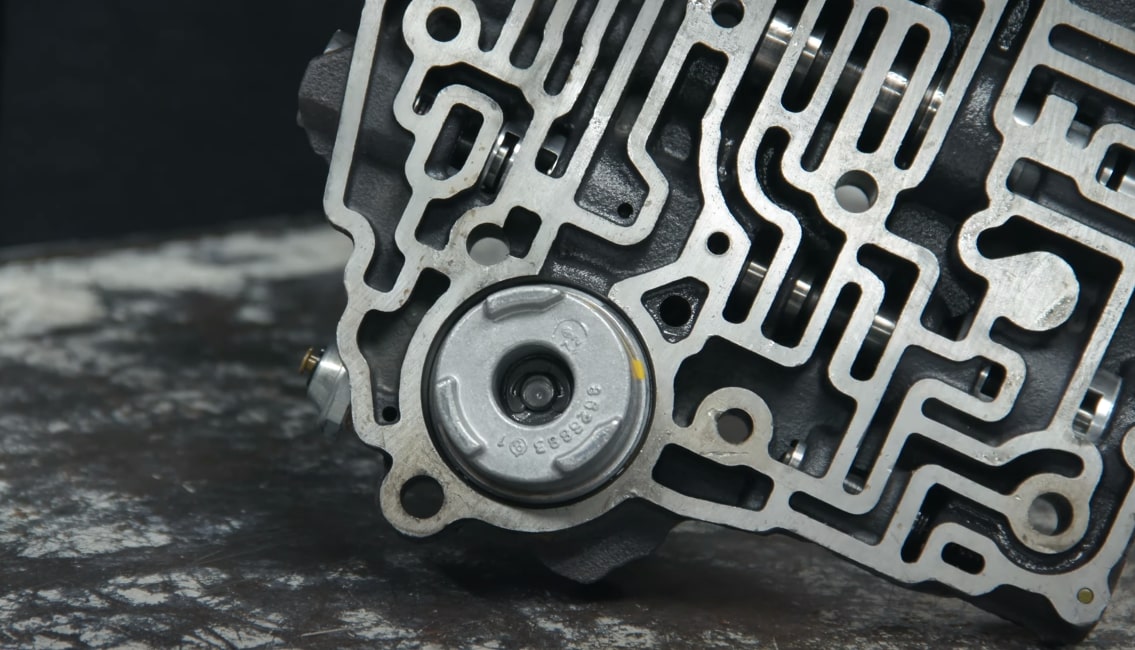
For those unfamiliar, the valve body in an automatic car is a complex component responsible for directing the flow of hydraulic fluid to the valves. It’s a crucial part of ensuring smooth gear shifts. Over time, this component can wear out, leading to shifting issues.
Signs of a Worn-Out Valve Body:
- Unusual delays when shifting gears.
- Transmission shifts at inappropriate times, either too early or too late.
- Gears slipping or the car getting stuck in a particular gear.
Solution
If you suspect a worn-out valve body, it’s best to consult a technician. While some might suggest repairing or rebuilding the valve body, often, a replacement is the most effective solution. The decision typically depends on the extent of wear or damage.
6. Shift Mechanisms Issues
Modern automatic vehicles come equipped with an electronic Transmission Selector Switch that communicates with the car’s computer (ECM). If there’s a glitch in this communication, the car might refuse to reverse.
Signs of Shift Mechanisms Issues
- Leaking transmission fluids.
- The car doesn’t engage reverse gear.
- Unusual noises when trying to shift gears.
Solution
Diagnosing shift mechanism issues requires specialized tools and expertise. I always recommend car owners to consult a technician who can use advanced diagnostic tools to pinpoint the problem. Once identified, the technician can advise on the best course of action, whether it’s a minor adjustment or a component replacement.
7. Severed Linkage Wire in the Transmission
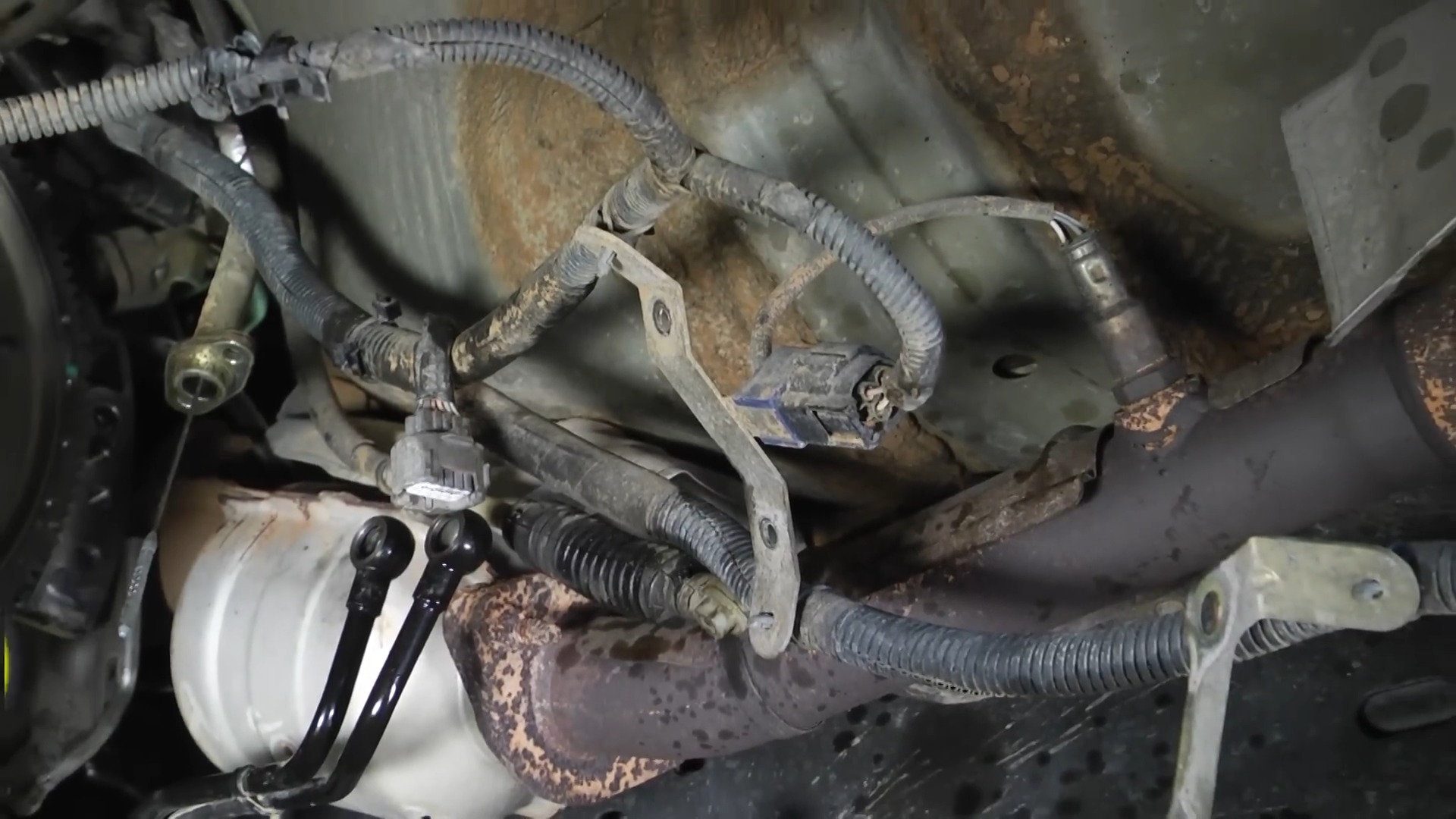
The linkage wire plays a vital role in connecting the gearshift or gear selector to the transmission. If this wire is damaged or severed, the communication between the shift knob and the transmission is disrupted, preventing the car from engaging gears, including reverse.
Signs of a Severed Linkage Wire
- The car starts in a gear other than park or neutral.
- The inability to engage reverse gear.
- Grinding noises when shifting gears.
Causes
Various factors can damage linkage wires. I’ve seen cases where rodents have chewed through these wires. Sharp objects or wear and tear can also lead to damage. Regardless of the cause, a severed linkage wire will disrupt gear engagement.
Solution
Fixing a severed linkage wire can be intricate. It’s essential to get a trained technician to handle the replacement. They’ll have the necessary tools and expertise to diagnose and rectify the issue efficiently.
8. Transmission Fluid Contamination
Over my years as a mechanic, I’ve stressed the importance of clean transmission fluid. Contaminated fluid can wreak havoc on your car’s transmission, leading to a myriad of issues, including the inability to reverse.
Signs of Contaminated Transmission Fluid
- Dark or burnt-smelling transmission fluid.
- Sluggish gear shifts or noticeable delays.
- Unusual noises, like grinding or clunking, when shifting.
Causes
Transmission fluid can become contaminated due to prolonged use, internal component wear, or external contaminants entering the system. Regularly checking and changing the fluid can prevent this issue.
Solution
The first step is to drain the old, contaminated fluid. Then, replace it with fresh, manufacturer-recommended transmission fluid. In severe cases, a transmission flush might be necessary to remove all contaminants. Always consult a reputable mechanic to ensure the job is done correctly.
9. Damaged Torque Converter (Automatic)
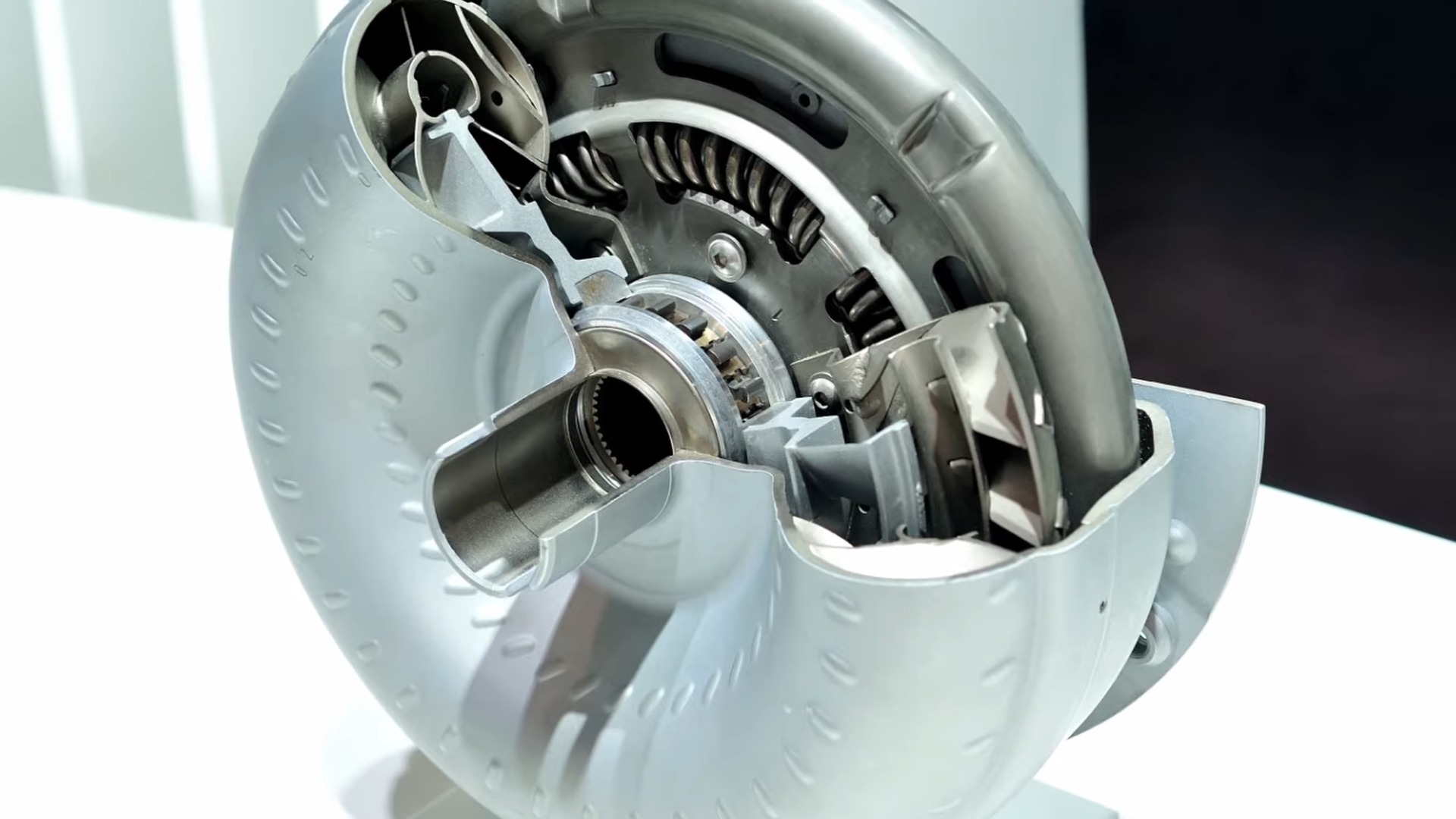
The torque converter is a vital component in automatic vehicles, responsible for transferring power from the engine to the transmission. A malfunctioning torque converter can lead to various transmission issues, including problems with reversing.
Signs of a Damaged Torque Converter
- Shuddering or vibrations when driving.
- Overheating of the transmission.
- Slipping gears or transmission lag.
Solution
Addressing a faulty torque converter is not a task for the average DIY enthusiast. It requires specialized knowledge and tools. If you suspect your torque converter is the culprit, seek a professional mechanic’s expertise. They’ll typically recommend either repairing or replacing the torque converter, depending on the damage’s extent.
10. Misaligned Transmission Bands
Transmission bands in automatic vehicles help the gears shift smoothly. Over time, these bands can become misaligned or wear out, leading to shifting problems.
Signs of Misaligned Transmission Bands:
- Delayed or rough gear shifts.
- Unusual noises during gear changes.
- The car refuses to change to specific gears, including reverse.
Solution
Misaligned or worn-out transmission bands require adjustment or replacement. This task is intricate and requires a deep understanding of the transmission’s inner workings. I always advise car owners to consult a seasoned mechanic to handle such issues. They’ll realign or replace the bands, ensuring smooth gear shifts.
11. Electronic Control Module (ECM) Malfunctions
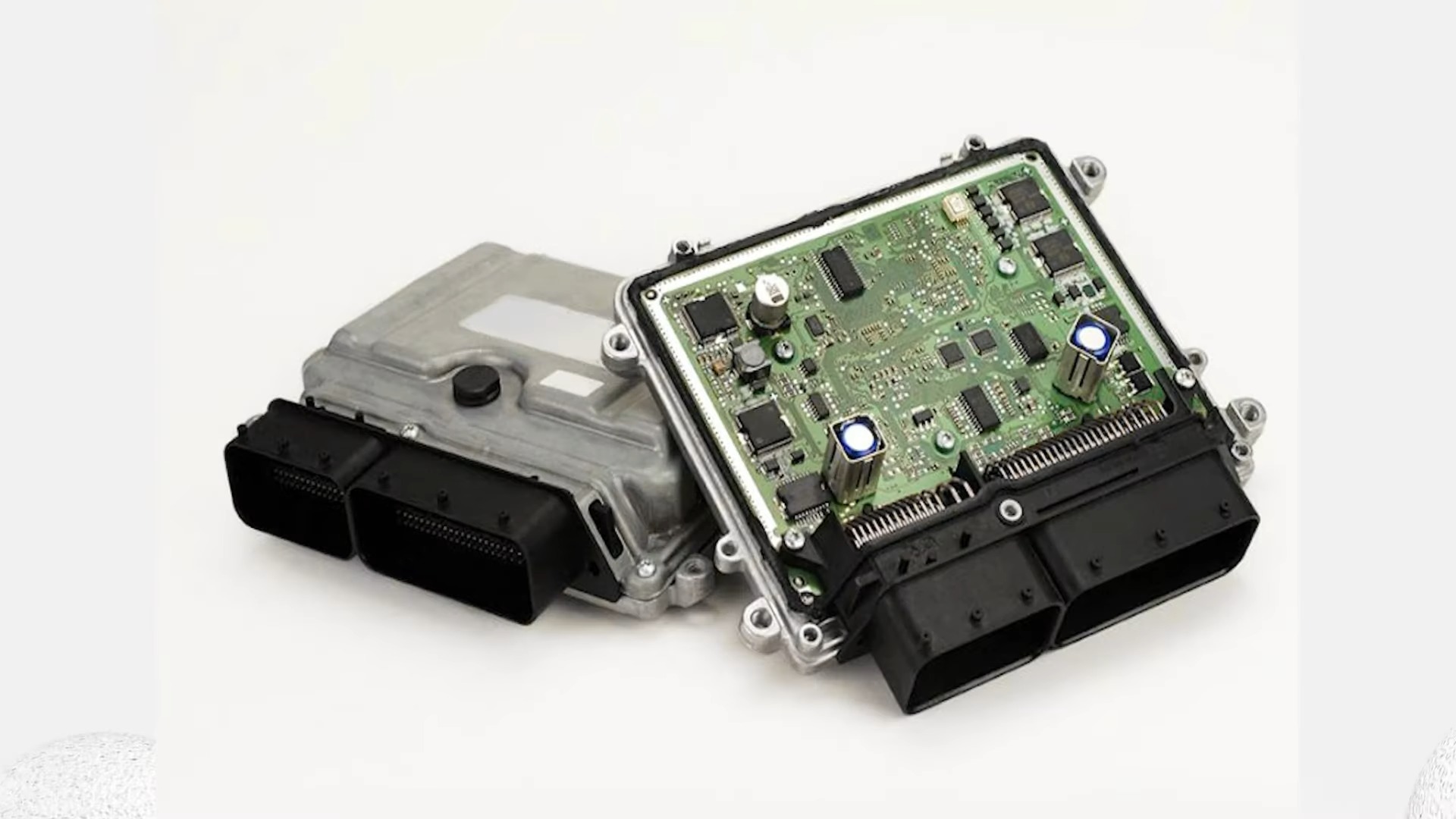
Modern vehicles rely heavily on electronics, and the Electronic Control Module (ECM) is the brain behind many of your car’s operations, including gear shifts. If the ECM malfunctions, it can disrupt the communication between various components, leading to transmission issues.
Signs of ECM Malfunctions
- Erratic gear shifts without apparent reason.
- Illuminated check engine or transmission warning lights.
- Reduced fuel efficiency or overall vehicle performance.
Solution
Diagnosing and fixing ECM issues requires advanced diagnostic tools. A qualified technician will connect your vehicle to these tools, identify the malfunction, and either reset or replace the ECM. Regular software updates can also prevent such malfunctions.
Final Words
Understanding the intricacies of why a car might refuse to reverse, yet move forward without issues, can be daunting. However, with the right knowledge and timely intervention, most of these problems can be addressed effectively.
Whether you’re a seasoned driver or someone new to the world of automobiles, always prioritize regular maintenance checks and consult professionals when in doubt. Safe driving!














